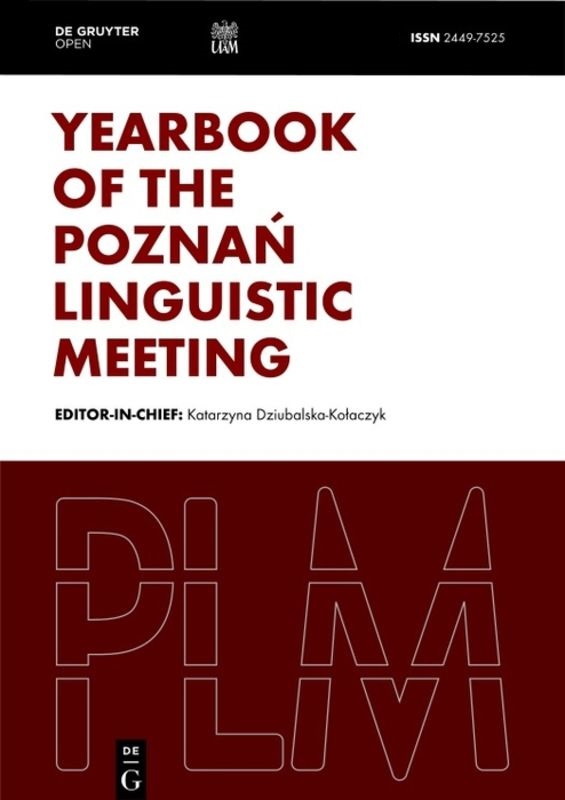New vs. similar sound production accuracy: The uneven fight
New vs. similar sound production accuracy: The uneven fight
Author(s): Jolanta Sypiańska, Elena-Raluca ConstantinSubject(s): Applied Linguistics
Published by: Uniwersytet Adama Mickiewicza
Keywords: new and similar sounds; schwa; production accuracy; foreign accent rating; level of proficiency;
Summary/Abstract: The Speech Learning Model states that the process of equivalence classification reduces the accuracy of a similar L2 sound by forming an L1-L2 merged category whereas new sounds tend to be pronounced with greater accuracy due to lack of perceptual linkage with an L1 category (Flege 1995). We found further support for this differentiation in the production of the canonical schwa as a new sound by L1 Polish/L2 English speakers and as a similar sound by L1 Romanian/L2 English speakers, who produced an L1-L2 schwa merger. The aim of the current paper is to further investigate the production accuracy of new and similar sounds. First of all, a control group that consisted of native Romanian speakers was used to analyse the L1-L2 similar sound merger. Secondly, a measure of overall pronunciation ability based on foreign accent ratings (FAR) was included. The results confirm that production accuracy for new sounds is much greater than for similar sounds which form merged diaphones with the equivalent L1 sound. As a result, neither sound is produced on target when compared to a native speaker reference. Moreover, new sound production accuracy benefits much more from an increase in general proficiency and overall L2 pronunciation ability.
Journal: Yearbook of the Poznań Linguistic Meeting
- Issue Year: 7/2021
- Issue No: 1
- Page Range: 155-179
- Page Count: 25
- Language: English

